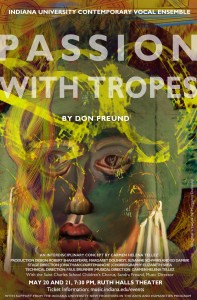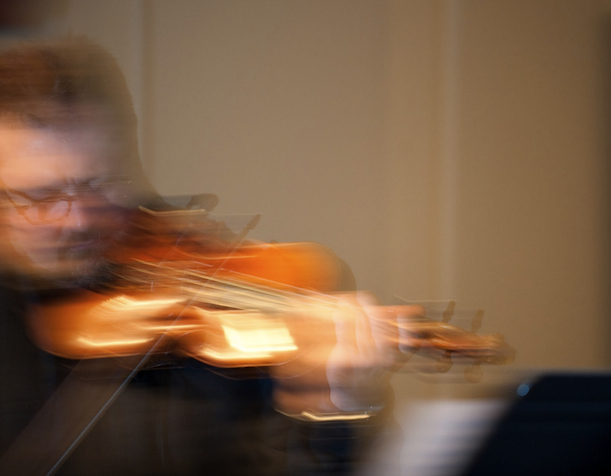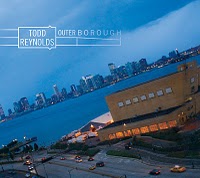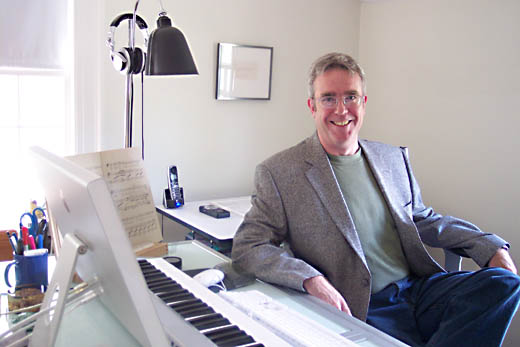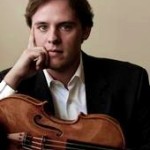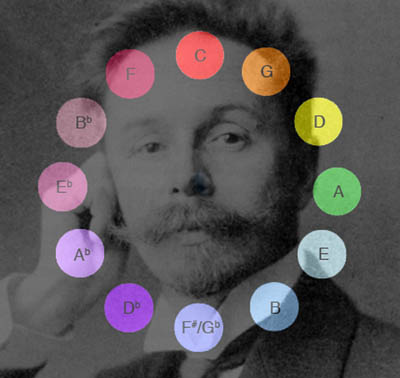[vimeo http://vimeo.com/12767232]
(Visual Abstract, First Movement, Music by Pierre Jalbert, Film by Jean Detheux)
On January 8th, 2011, at 7:30 p.m. in Zilkha Hall of The Hobby Center for the Performing Arts, the Houston TX new music group Musiqa presents Real and Imagined – a concert collaboration with Aurora Picture Show featuring Theo Loevendie’s Six Turkish Folk Songs as well as music by Eve Beglarian, Paul Frehner, and Evan Chambers. Houston-based composer Pierre Jalbert’s Visual Abstract for flute, clarinet, violin, cello, piano, and percussion will be performed live to a film created by Jean Detheux. The concert will be conducted by Houston Symphony Assistant Conductor Brett Mitchell.
Led by five composers (including founding member Pierre Jalbert) Musiqa is receiving a great deal of notice for its innovative multi-disciplinary concert events (dance, visual art, and theater are always integrated into Musiqa performances) as well as its educational programming that annually reaches thousands of Houston area students. Next season, Musiqa will celebrate its ten-year anniversary.
Pierre Jalbert graciously responded to a few questions about Visual Abstract:
Chris Becker: Did Jean Detheux create his film before, after, or during the composition of Visual Abstract?
Pierre Jalbert: He created the film after the piece was written. The music was commissioned and premiered by the Pittsburgh New Music Ensemble a few years back. Jean and I worked on a project last year in which he created a film first and I wrote the music to the film. That work was entitled L’œil écoute (The Eye Listens), and was also premiered by PNME. This time around, we decided that we would reverse the process, and he would do his film to the already existing music.
Chris Becker: In performance with the film, is the conductor watching the film for the timing of some of your musical events? I’m thinking of the third movement where rhythmic hits coincide with abrupt changes in the film.
Pierre Jalbert: Yes, the conductor is looking at the film for cues from time to time, and we rehearse many times through to get the timing down. As you can imagine, it’s very difficult as each performance is slightly different. But Jean made the film to not have too many abrupt changes. But still, there are a a few that make it challenging.
Chris Becker: The layers of images in Detheux’s film are very rich and tactile. They remind me of natural phenomena, weather, or even what we “see” when we close our eyes and listen to the sounds around us. Speaking as a composer, what do you think makes an “abstract” work of visual art successful?
Pierre Jalbert: I think when one looks at the film and hears the music as a single entity, and one does not dominate over the other, but each enhances the other, then we have something interesting.
Chris Becker: Next season, Musiqa will celebrate its ten-year anniversary. As one of the people who founded the organization, how does it feel to look back on all Musiqa has accomplished?
Pierre Jalbert: It’s amazing to look back and see how the organization has grown. I remember a few of us meeting at Tony Brandt’s house 10 years ago and brain-storming about what the organization could be. We wanted to get new music out into the community and into downtown and offer up repertoire that wasn’t being heard in Houston. All of the composers on the Artistic Board work really well together (Anthony Brandt, Karim Al-Zand, Rob Smith, Marcus Maroney, and myself), and that has been crucial in keeping things going through the years.
Tickets for Real and Imagined – including discounted tickets for seniors and students – are available for purchase on the Musiqa website.


